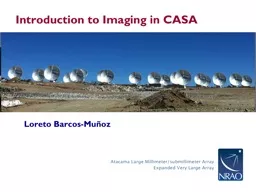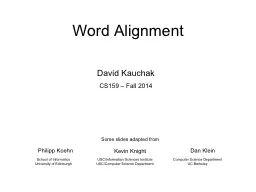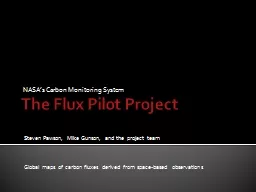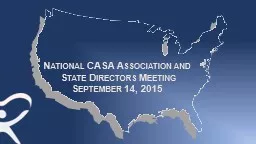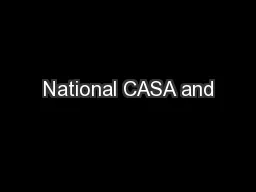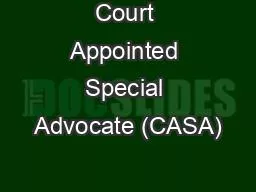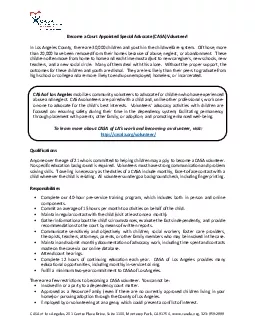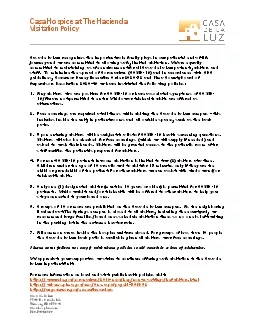PPT-Introduction to Imaging in CASA
Author : sandsomber | Published Date : 2020-08-27
Loreto Barcos Muñoz Atacama Large Millimeter submillimeter Array Expanded Very Large Array Goals of this talk Gain some intuition for interferometric imaging Delve
Presentation Embed Code
Download Presentation
Download Presentation The PPT/PDF document "Introduction to Imaging in CASA" is the property of its rightful owner. Permission is granted to download and print the materials on this website for personal, non-commercial use only, and to display it on your personal computer provided you do not modify the materials and that you retain all copyright notices contained in the materials. By downloading content from our website, you accept the terms of this agreement.
Introduction to Imaging in CASA: Transcript
Download Rules Of Document
"Introduction to Imaging in CASA"The content belongs to its owner. You may download and print it for personal use, without modification, and keep all copyright notices. By downloading, you agree to these terms.
Related Documents

